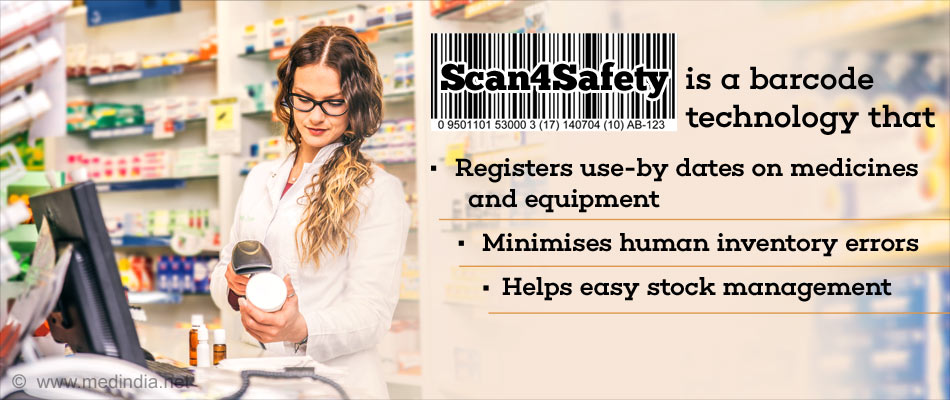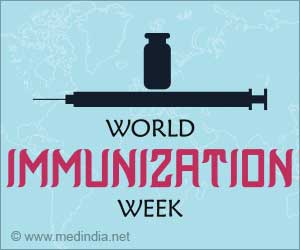Highlights
- Using simple barcodes that major industries rely on every day will help transform standards of patient care.
- Scan4Safety aims to remove human inventory errors, and registers use-by dates on medicines and equipment.
In 2010, 50,000 women in the UK were fitted with faulty Poly Implant Prothèse (PIP) breast implant. With the use of a new technology that tests efficacy and keeps patient safety in check, such mishaps can be avoided.
The Department of Health hope to record replacement hips, surgical tools and medication to see if it could revolutionize patient safety.
‘Using simple barcodes that major industries rely on everyday will help to transform standards of care before, during and after patients have treatment, at the same time as freeing up resources for care by reducing waste.’
Hospital staff will be able to scan each product used alongside the patient’s identity wristband - also fitted with a code - to match them together.
As part of the Government’s £12 million project Scan4Safety, each code can be scanned to show exactly which member of staff administered each treatment, at what time and where.
Health Secretary Jeremy Hunt said, “This is a world first in healthcare and a vital part of this government’s drive to make the NHS the safest and most transparent healthcare system in the world.”
The scheme removes human inventory errors, and registers use-by dates on medicines and equipment. This allows for stock to be managed easily, giving patients the most appropriate medicines.
Scan4Safety can also be used to see how effective different equipment is, for example, if one type of hip replacement wears out more easily than another, improving patient outcomes and streamlining the health system.
Tim Wells, a consultant cardiologist at Salisbury NHS Foundation Trust, said, “The recent implementation of the Scan4Safety project in cardiology provides us for the very first time complete traceability of products such as implantable medical devices used with our patients.”
Advertisement
The technology provides a level of data and insight that can be used to better challenge clinical practice and variation, helping healthcare providers to reduce inefficiencies and improve patient experience and outcomes - more importantly it ultimately helps to safeguard patients from avoidable harm.
Source-Medindia









